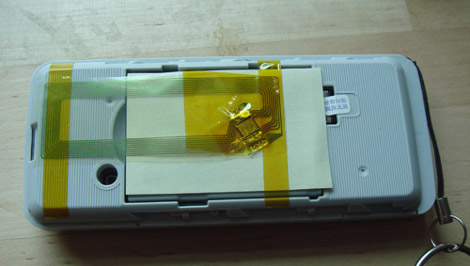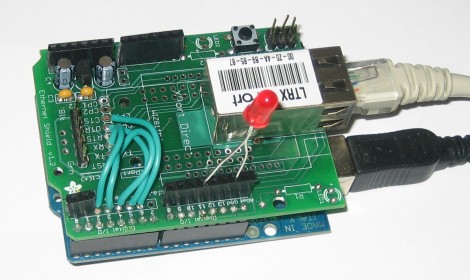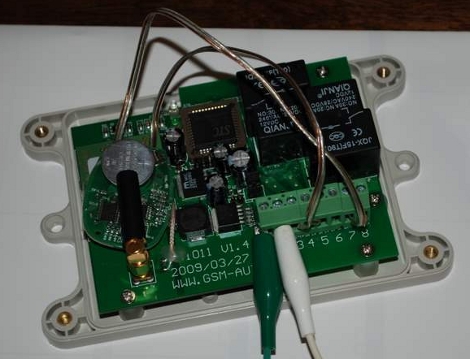
We get a lot of email challenging us to hack things. Sometimes we ignore them, other times we send some words of encouragement. But this time around we thought [Tait] had really come up with a great hack; to build a Bluetooth handset into his prosthetic finger. He hasn’t done much hacking in the past and was wondering if we could put out a challenge to our readers to make this happen. After a bit of back-and-forth brainstorming he decided to take on the challenge himself and was met with great success.
Like other Bluetooth handset hacks [Tait] started with a simple ear-mounted module. He extended the volume button with a piece of plastic and placed it under the battery. A couple of wooden matchsticks space the battery just enough so that it can be squeezed to adjust the volume level. He then extended the speaker with some wire. Next, he used the Oogoo recipe from our previous post to mold a false-finger and a thumb-ring. The PCB and battery fit in the finger, which places the microphone near a hole in the pad of the plastic pinky. The thumb ring houses the speaker to finish the look. Don’t miss the photos [Tait] sent in after the break.















